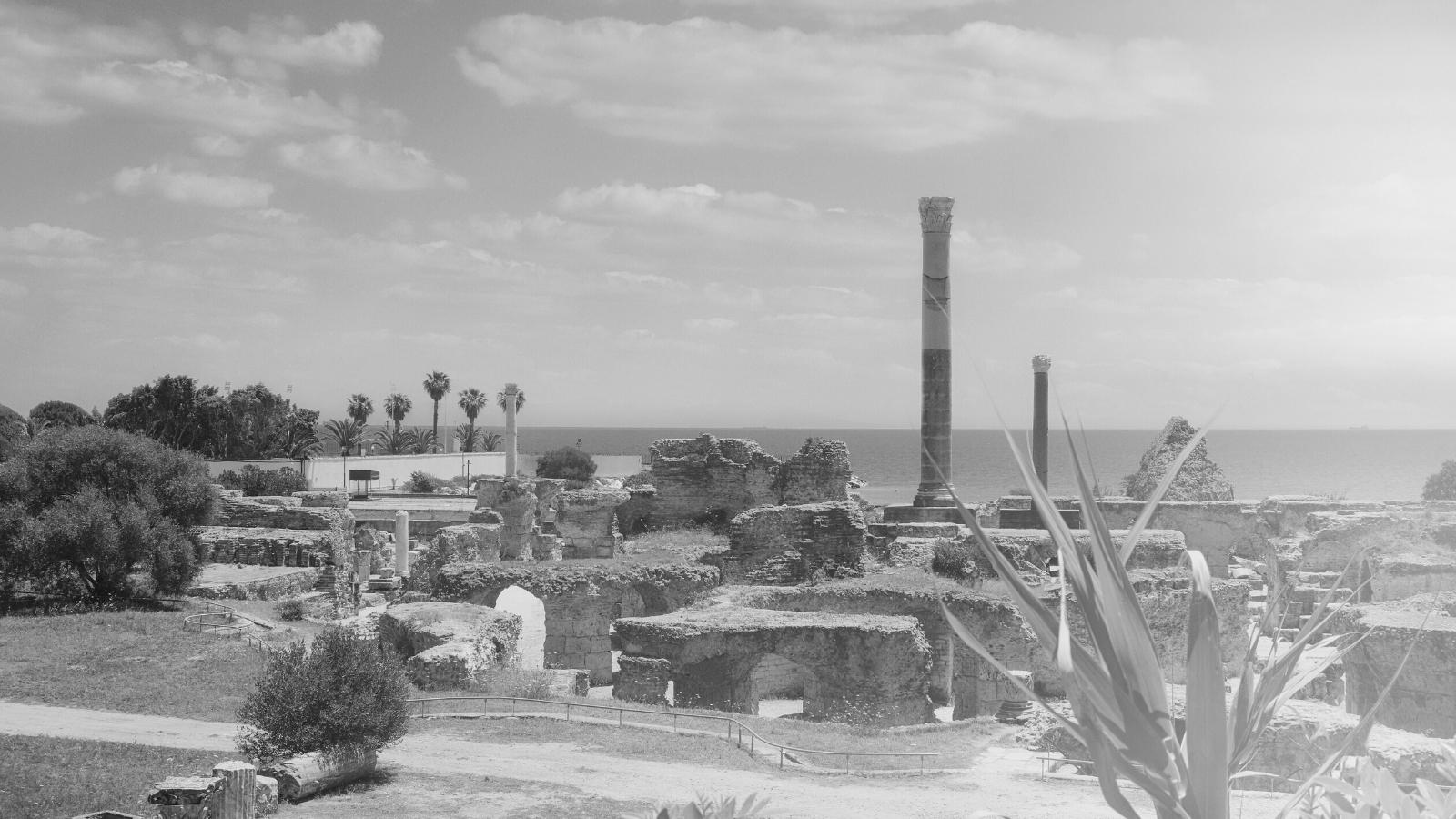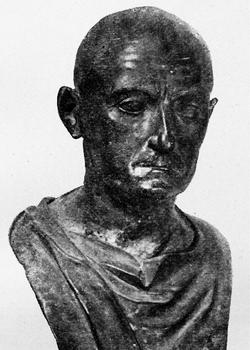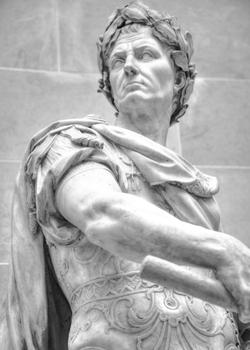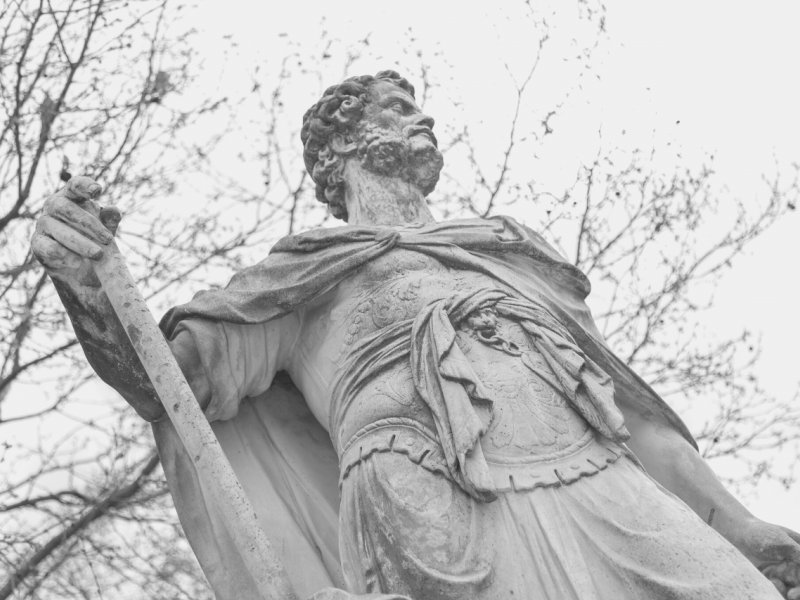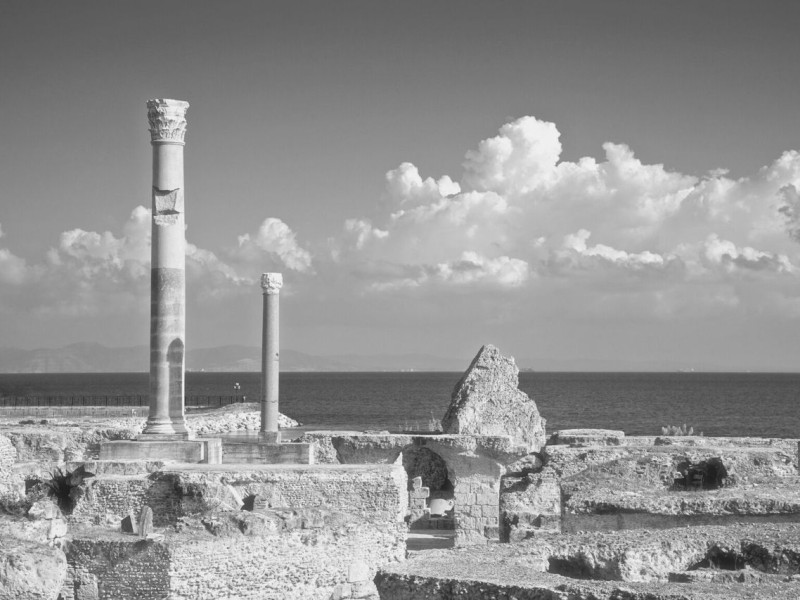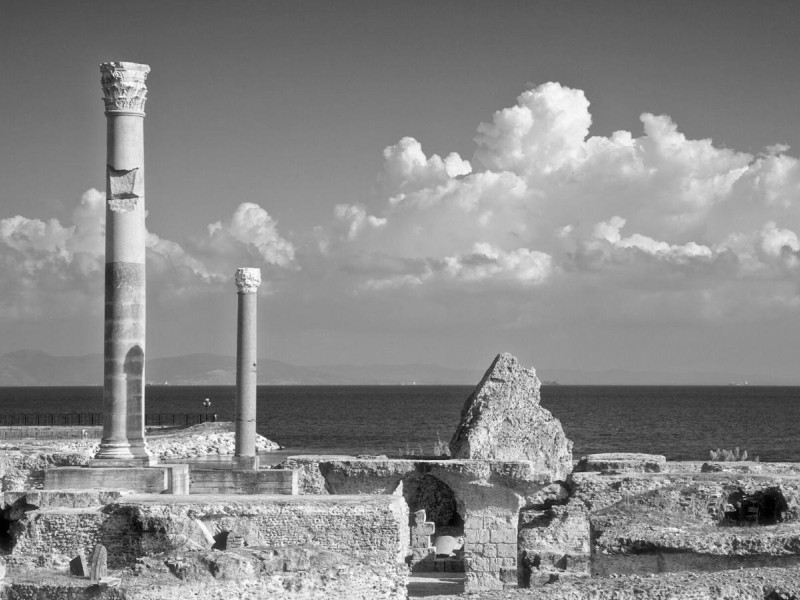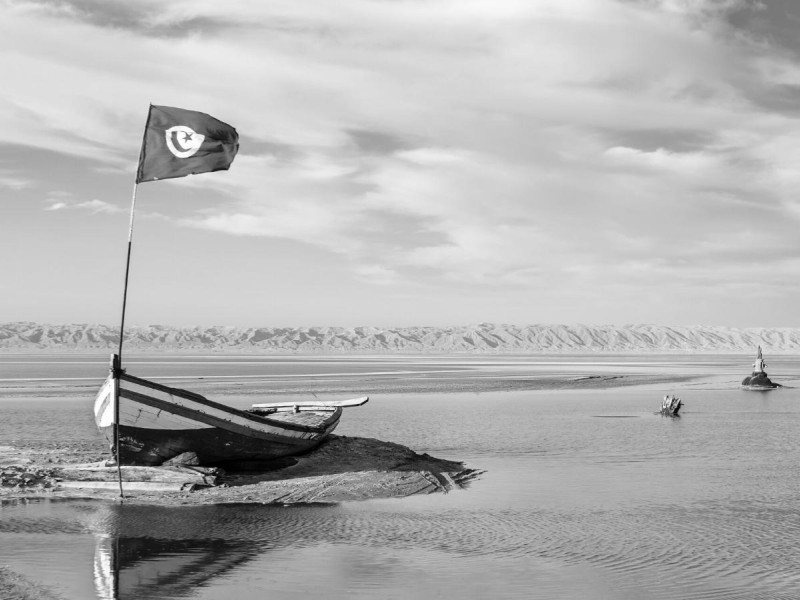Why Were the Punic Wars Fought and What Happened After the Wars?
The Punic wars were serial clashes that occurred between the Carthaginians and the Romans. The reason for the conflicts was that both Empires wanted to establish their superiority. It’s also interesting to think that the two empires fought three different wars that lasted 118 years.
Read on to discover all three Punic wars and the reasons why each battle took place.
The Background and Origin of the Punic Wars
The wars between Rome and Carthage had one central theme, which was dominance. Each empire wanted to gain dominion over certain lands and to prove superiority. Battles of the Punic wars took place at different times and in various places.
Here is a brief background to the origin of Punic wars featuring Romans vs Carthaginians.
Growth of Rome and Carthage and How It Contributed to the Punic Wars
Rome was a city in Italy that grew by conquering other lands around it. First, the city-state waged war against the Sabines and captured them. Later, they embarked on a campaign against the citizens of Alban Hills and the region of Latium. The Romans conquered these places too and added them to their expanding empire.
Initially, Rome was ruled by kings but by 509 BCE, it became a republic.
In 272 BC, the Romans conquered the region south of the Arno river. The Romans then went to war against the Greek state Pyrrhus and won. This made other Greek cities in Southern Italy surrender. Rome then besieged all these cities.
Around the same period, Carthage controlled parts of Spain, North Africa, and Sicily. The Carthaginians expanded due to their fertile lands, trade routes, and good weather. These and several military conquests helped the Carthaginians to grow.
Another name for Carthage was Punic, which was the Latin for the Greek word Phoenix. So, historians named the Punic wars after the Carthaginians. Carthage grew faster, and by the third century, they were a superpower in the Western Mediterranean.
Why Were the Punic Wars Fought: An Insight on Each War
As we already mentioned, the Punic wars took place over 118 years, broken into three phases. The reason for each war differed from one to the other. Thus, it is essential to determine the causes of the Punic Wars, one by one.
Why Was the First Punic War Fought and What Was the Aftermath?
Though there were many underlying causes, the main issue was that both giants wanted to control Sicily. Around 264 BC, there were conflicts between Messana and Syracuse, two cities along Sicily’s coast. The war between the two centers forced the Carthaginians to intervene.
As part of the Carthaginian intervention, they set up their forces on the island of Sicily. The Carthaginians occupied the city of Messana to the anger of the Romans. The Romans then responded by attacking the Carthaginians at Messana and defeating them. However, the Carthaginians still occupied other parts of the island of Sicily.
The Romans decided to wrestle the Sicilians from the hands of the Carthaginians. So, they laid siege to the principal Carthaginian base at Akragas, a city in Sicily. The Carthaginians mounted a defense against the Roman siege but were once again unsuccessful. Moreover, facing defeat, the Carthaginian soldiers left Akragas.
They then escaped to other fortified cities of Sicily. The Romans pursued and engaged them in naval battles until they suffered defeat. The first Punic war ended in 245 BC after Carthage signed an agreement with Rome, which gave the Romans authority over the Carthaginian-conquered lands in Sicily.
Why Was the Second Punic War Fought and What Was the Aftermath?
The second Punic war started in 218 BC and ended in 201 BC. The event that triggered the war was the sacking of Saguntum by the Carthaginians. Saguntum was a city in Spain, and the attack on it was unprovoked. This was because the Carthaginian general, Hannibal, was ambitious and wanted to reclaim power for Carthage.
This attack provoked the Romans, and in 218 BC, they declared war on the Carthaginians. Therefore, it’s almost natural that the first clash between the towns happened in the waters near Rome. Known as the Battle of Lilybaeum, the Romans defeated the Carthaginians by capturing their ships.
Next, the Roman army made their way to Malta to capture the land. Malta was a territory of Carthage, and the attack on it was to prevent the Carthaginians from launching an assault. So, in 218 BC, the Romans captured Malta and destroyed the Carthaginian garrisons.
The second Punic wars lasted for 18 years until 202 BC when Carthage suffered total defeat. The defeat meant that Carthage handed over all its territories. Once again, the Carthaginians lost another war. The Roman official who led them to victory was Scipio Africanus.
Why The Third Punic War Was Fought and What Happened After
The third Punic war occurred between 149 BC to 146 BC and it was the shortest of the wars. This time the Romans were the instigators. They demanded that the Carthaginians hand over all their weapons to avoid any conflict. At first, the Carthaginians complied and surrendered a vast number of weapons.
Unsatisfied, the Romans then demanded that the Carthaginians burn their city and move 10 miles inland. This demand angered the Carthaginians who decided to rebuild their armory and fight back. The Carthaginians set up strategic positions on their walls and prepared for battle. The Roman army then launched an attack on Carthage.
Carthage repelled the assault thanks to the strength of their walls. Carthage then sent its fireships to destroy the ships of the Romans. The Roman troops also suffered an epidemic that forced them to retreat from Carthage. However, they continued their attacks on Carthage over the next three years.
The Carthaginians met these attacks with fierce counterattacks until 146 BC, when they lost the war. Then, finally, the Roman troops, led by Aemilianus Africanus, broke down the defenses of the Carthaginians. They burnt the city and captured about 50,000 prisoners.
What Happened to Both Empires After the Three Punic Wars Were Fought
After the Romans took control of Carthage, they made the northern parts of Africa part of their empire. They then named it Africa Proconsularis, meaning Roman Province of Africa. The Romans established Utica as the capital of the province. They then took over other territories such as Mauretania.
Some regions still maintained the Punic system of government, but Carthage was destroyed. The illustrious Carthage Empire became a pale shadow of its former self. However, the newly-created Roman province became a rich source of food for the Roman Empire. What’s more, the commercial activities at its ports helped to improve the empire’s fortunes.
The Roman Empire continued to expand after the Punic wars, and many citizens began making their way towards Rome, attracted to its prosperity. This made Rome the most inhabited city in the world at the time.
The Complete Destruction of Carthage
About 100 years later, Julius Caesar rebuilt the city of Carthage but this time as a Roman city. The city grew faster and became the most significant Roman city in Africa. At one point, Roman Carthage inhabited about 500,000 people. Its economy continued to grow, attracting more settlers.
When Lucius Domitius Alexander became emperor, he made Carthage his capital. Later, Emperor Maxentius deposed him and executed him by strangulation. A few years after that, the Vandals conquered Carthage and ruled the city for 100 years. The Byzantine Empire then recaptured the city and made it the center of the empire.
The Ummayad Caliphate waged war against the Roman forces at Carthage and won. The Caliphate then burned the city to the ground to discourage any attempts to recapture it. Later, they built strongholds on the site of the destruction to fend off any attacks.
In 1270, the Eighth Crusade conquered the Islamists and established control over Carthage. When the Crusaders retreated, and due to diseases, the Islamists took over the city again. The Islamists then destroyed their strongholds to prevent other forces from using them.
As a result, Carthage became a destitute site for building materials.
Summary
So far, we’ve read why Carthaginians and Romans fought the Punic Wars, and we’ve also discovered what happened to both empires after the series of wars.
Here is a summary of the story of the Punic Wars and the reasons why they happened:
The Punic Wars were conflicts between the Carthaginians and the Romans
These empires fought the wars for 118 years, divided into three separate campaigns
The First Punic War was a struggle over Sicily and Corsica, and the Romans came out of it victorious
The Second Punic War began when the Carthaginians sacked Saguntum, a Roman city
The Roman Empire defeated the Carthaginians in the Second Punic War
The cause of the Third Punic War was the Roman demand for the Carthaginians to burn down Carthage
The Carthaginians refused and mounted a defense against the Roman invasion
The Romans won and made Carthage a city of Rome
Today, the city of Carthage is in Tunisia, where its ruins are a tourist attraction.
Who would’ve thought that it was once a city under the rule of the Roman Empire?
